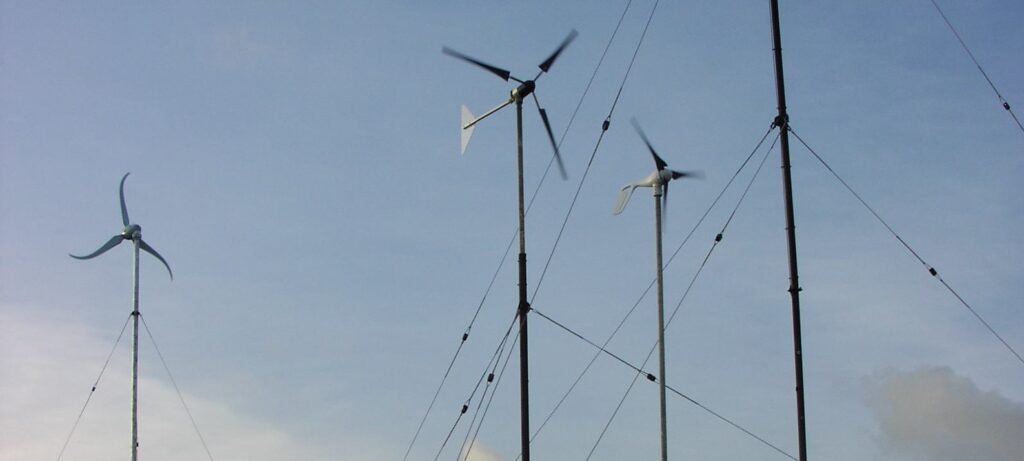
Solar and Wind Energy
Energy is obtained by harnessing natural resources and converting them into a usable form. It is essential to a vibrant, growing community. Energy can be obtained by harnessing the inherent power that exists in flowing water, the sun, wind, or the bond between atoms, to name a few. While we use many sources of energy on a daily basis, the forms of energy available to inhabitants of the Pacific are limited. The sun provides an unlimited source of energy available to everyone but it must be harnessed. Pacific H.E.L.P.S. evaluates resources available to developing countries in the Pacific to determine the most effective way of harness those resources. Pacific H.E.L.P.S. has already made a significant impact to many isolated communities in the Pacific though solar energy. Solar and other renewable energies are used on a regular basis by those who work with and invest in Pacific H.E.L.P.S.
